Indiana Jones and the Great Circle Review
An old hero whipped back into shape
The three Indiana Jones movies from the 1980s are timeless classics, providing great family entertainment thanks to a well-defined hero, sharp humor, and tight action pacing. These epic adventures featured just the right mix of Nazis, snakes, traps, and holy relics. While two newer movies emerged in the last 15 years, they failed to recapture the magic and fans might now believe that Indy’s glory days are behind him. But just like in archaeology, not everything is set in stone. Indiana Jones and the Great Circle feels like the long-lost fourth movie of the original trilogy. It is a fantastic return for a legendary hero, offering a fun first-person adventure, robust variety, and slick presentation.
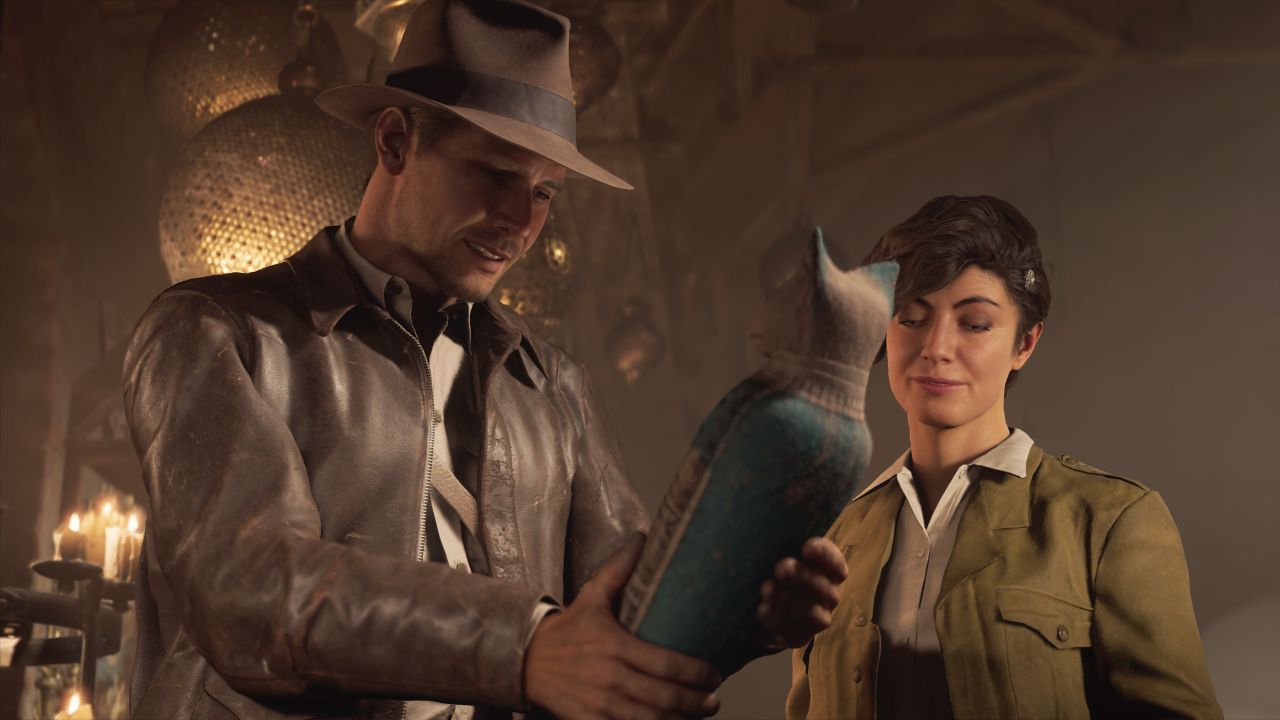
Set in 1937, between the first and third movies, Indiana Jones and the Great Circle begins with the theft of a cat mummy. The mummified feline is stolen from the college where Dr. Henry ‘Indiana’ Jones is a professor, and Indy is compelled to retrieve it after losing a fist-fight with the thief. Clues lead him to The Vatican but it turns out this particular mummy is only one piece of a large interconnected puzzle spanning the globe. Major archaeological sites around the world have similar undiscovered artifacts. The Nazis want to get their hands on the full set, believing they will bestow great power. Indy must find them first and this will take him through tombs and temples in Egypt, Siam, and the Himalayas, while the German threat circles.
Indy is the glue that holds the story together and his depiction is a brilliant collaborative effort. Artists have done a fine job recreating his iconic look, made famous by Harrison Ford. Animators have emulated his movement quirks, like the subtle hat tapping. Writers have given him lines that are a great fit, even if he sometimes talks too much. And finally Troy Baker brings it all together with one of his best vocal performances. Troy captures Ford’s inflection and pace, but he also accurately depicts yells, sighs, and grunts. It is easy to believe that we are seeing the old Indy, off on a brand new adventure.
Indy is joined by an eclectic cast of characters that keeps the narrative interesting. Emmerich Voss is the lead Nazi after the artifacts and he is a good mix of creepy, clever, and evil. Fortunately several allies, like Father Antonio, help players in areas crawling with Nazi soldiers or Italian Facist troopers. But the real star of the side cast is the investigative reporter Gina Lombardi, played superbly by Alessandra Mastronardi. Indy meets Gina early while she’s trying to locate her sister. He agrees to help in exchange for information, but it isn’t long before they both are pulled in the same direction. Like Marion from the first movie, the headstrong Gina knows how to press Indy’s buttons and their interactions are fantastic.
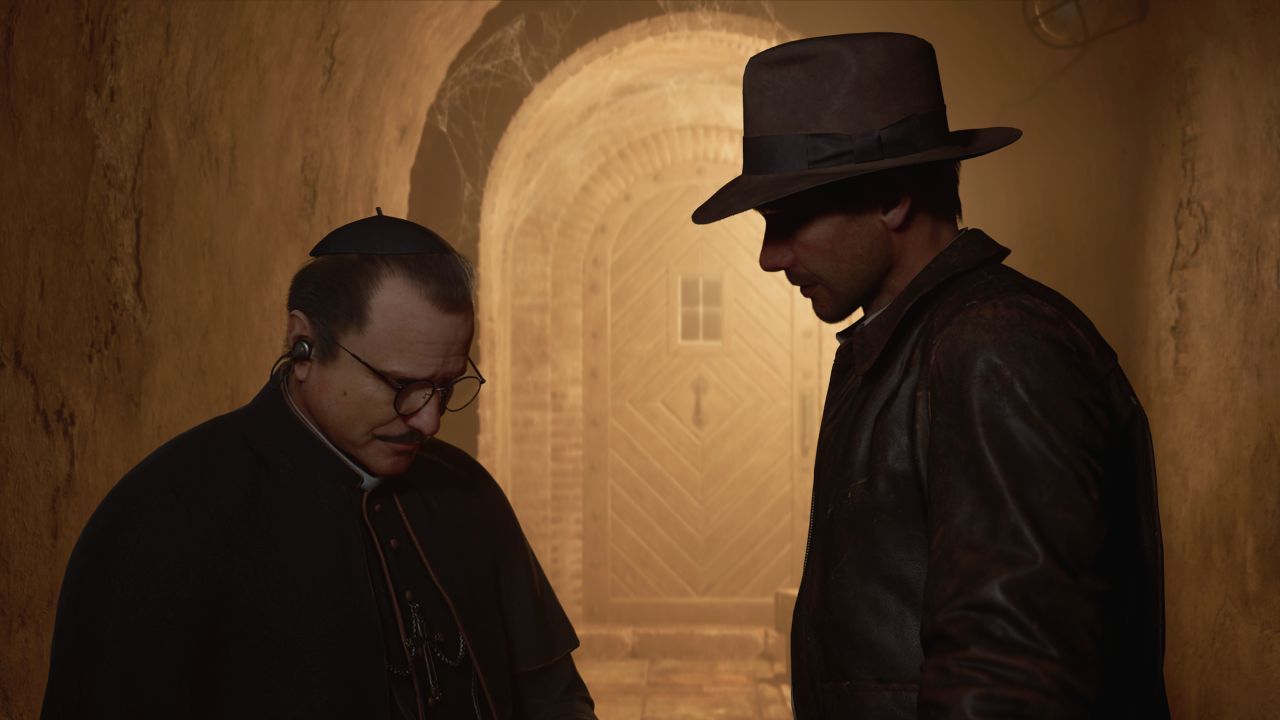
With this awesome cast and interesting premise, the Great Circle nails the tone and themes of an Indiana Jones movie. The narrative flow is inspired by Raiders of the Lost Ark, so much so that it begins with a flashback sequence from that movie. The lore is flooded with religious undertones and ancient cultures, so players might get excited as Indy dives into a legend to uncover hidden meaning or another clue. There are many well-crafted cutscenes and, like the rest of the game, they combine slapstick, irony, careful timing, and one-liners to create something fans have been waiting for since the Last Crusade released in 1989.
Although the game does not have as much action compared to something like Uncharted 2, it still has nice gameplay variety. Played in the first-person view, the focus is more on puzzles and exploration. Linear missions are mixed with three major open world levels that allow players to go at their own pace and undertake optional tasks or relic hunts. All side quests are worth doing, especially since several involve grave robbing with Gina. Platforming is regularly needed inside crumbling ruins and this requires Indy’s signature whip to climb ledges, swing across chasms, and pull down objects. Although the climbing works okay, it is also clumsy and slow. Many maneuvers switch the camera from the first-person view to third-person and this can be jarring and unnecessary.
Puzzles are plentiful in both ancient chambers and Nazi camps. Indy might need to put cipher wheels in position to reveal a lockbox code, aim light beams at matching sigils to open a sealed tomb, or set levers to their corresponding numbers to unlock a hidden door. Some puzzles require players to look at notes and make logical inferences, which is engaging. There is good puzzle variety and depth, and the game thankfully never provides unsolicited hints when trying to solve them.
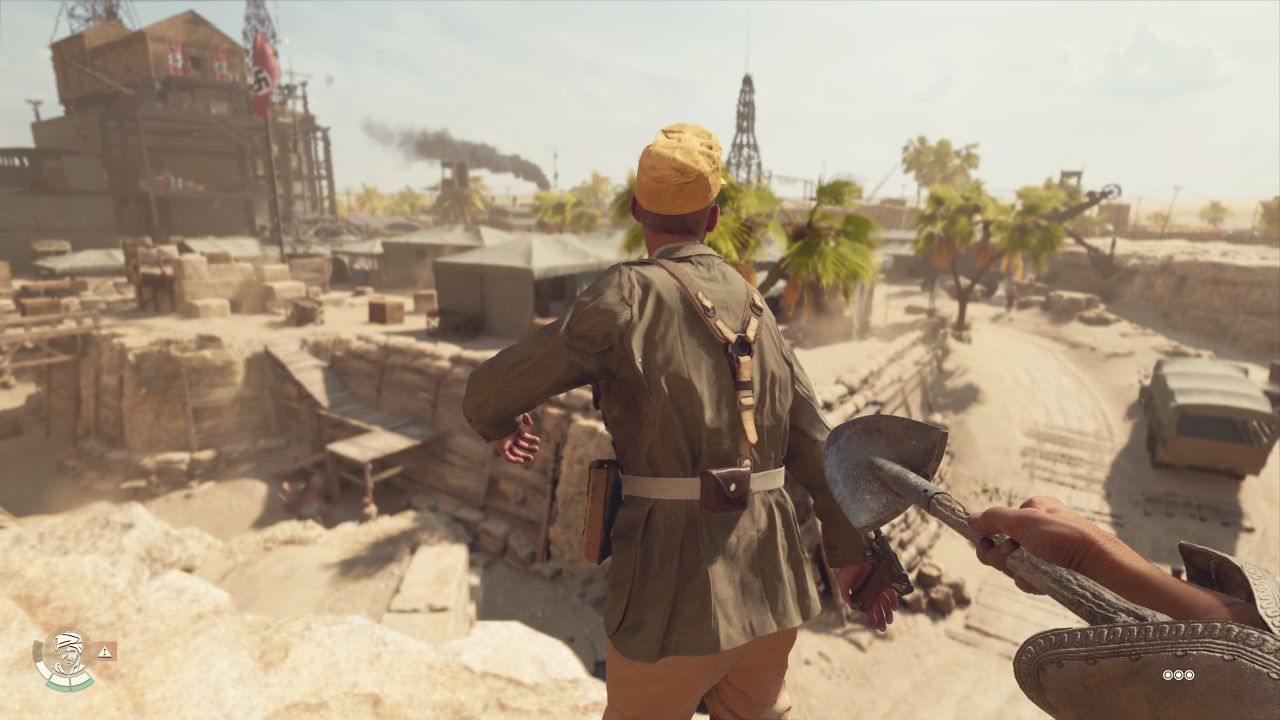
While seeking treasures, you may need to sneak through hostile zones. The stealth is not quite as polished as Uncharted 4, but it is able to carry the adventure for its 20-25 hour runtime. A huge range of melee weapons can be grabbed from the world to perform takedowns from behind, including rolling pins, pickaxes, and brooms. Bodies can be dumped in dark corners to prevent guards spotting them. Even bottles can be thrown for distraction. The visual detection speed is slow but fair, although guards are blind when Indy is more than a stone’s throw away. As you progress through the open levels, Indy also gets access to disguises that allow him to stroll into enemy territory, like Agent 47 does in Hitman, which expedites proceedings.
But when stealth fails, Indy might need to let his fists do the talking. The hand-to-hand combat resembles Chronicles of Riddick: Escape from Butcher Bay, which is to say that it is fairly good. It also offers some funny moments as Nazis stagger or tumble off ledges. Both dodge and parry are useful to get the upper hand, and melee weapons can be swung until they break. Swinging away uses stamina which can be upgraded, or temporarily boosted by eating fruit, allowing for a longer flurry. Stepping back lets you use the whip to stun, pull, or relieve enemies of their weapons.
Firing projectile weapons can end fights quicker, but it carries more risk. If you start shooting, the Nazis will quickly holster their hands and ready their guns. Indy is not a tank and this is not Wolfenstein, so death comes from just a few bullets, and most weapons have limited ammo. Aiming and firing weapons is floaty and lethargic, reminiscent of Condemned: Criminal Origins . While there are sequences that require shooting, such as a boat chase, you can probably complete the game without firing Indy’s revolver. And given that stealth and fist-fights are more predictable, it might be worth keeping gunplay to a minimum.
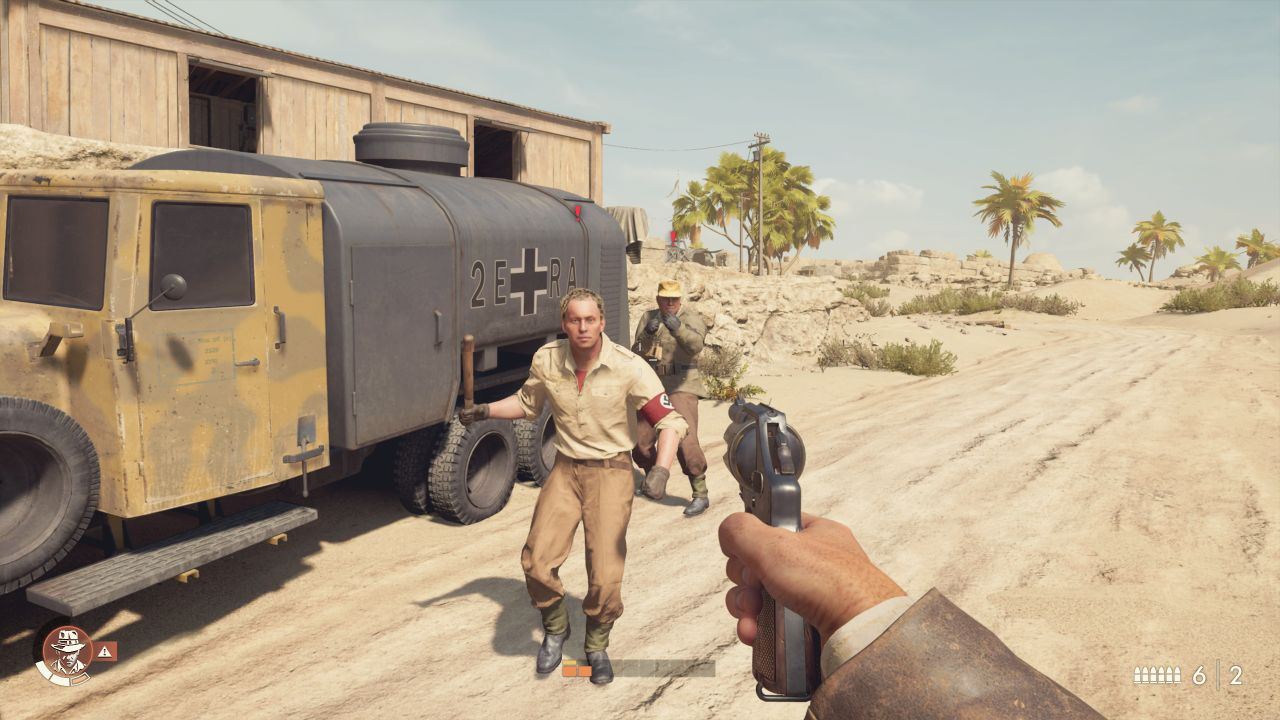
But the game’s strength is that players can roleplay however they feel, which is a good fit for the character and the open-world levels allow this naturally. Does Indy sneak through bases without raising attention, or does he waltz up to the front gate to whip guards into a frenzy? The big levels are good sandboxes thanks to the freedom of movement. Somewhat like in Dishonored, hostile areas have multiple routes, whether that means entering through a convenient gap in a fence, crawling under floorboards, or scaling rooftops. The Nazi bases in the mangroves of Siam allow players to moor their boat downstream and swim back up and into danger. Linear missions have some side paths too, but nowhere near the same freedom, so they make up for it with tighter action pacing and more story.
After the main adventure is over, players can return to previous areas to complete tasks, but this is when some cracks become crevasses. While the puzzle-orientated discoveries are worth doing, the collectathon tasks are dull. Returning to maze-like crypts is not as slick as the new Tomb Raider games because of the slow platforming. Even some levels, like The Vatican, are unpleasantly circuitous, despite fast-travel signposts. When you do return to any hostile zone, every guard you previously killed is alive and well, walking on the same patrol route, and every melee weapon that broke has been reincarnated. These issues are not limited to the end-game; one early excavation site was cleared four times while completing side quests. Several of these annoyances also plagued Wolfenstein: Youngblood, but at least the Great Circle is a far better game overall.
It also looks great, runs well, and has barely any technical issues, which is sadly not common enough in 2024. From the lush jungles of Siam to the sandy tombs beneath the Pyramids, the world is crisp, colorful, and has good lighting. The attention to detail is also high everywhere, like when Indy’s face gets flushed in the cold and Gina’s is covered in sweat in the tropics. The framerate is smooth at near max settings (no path tracing) with only one spot near the end that had noticeable drops. Only a few technical issues caused problems: one side quest failed to track properly and some animation glitches turned Nazis into unsettling contortionists. But otherwise this is one of the better technical experiences this year.
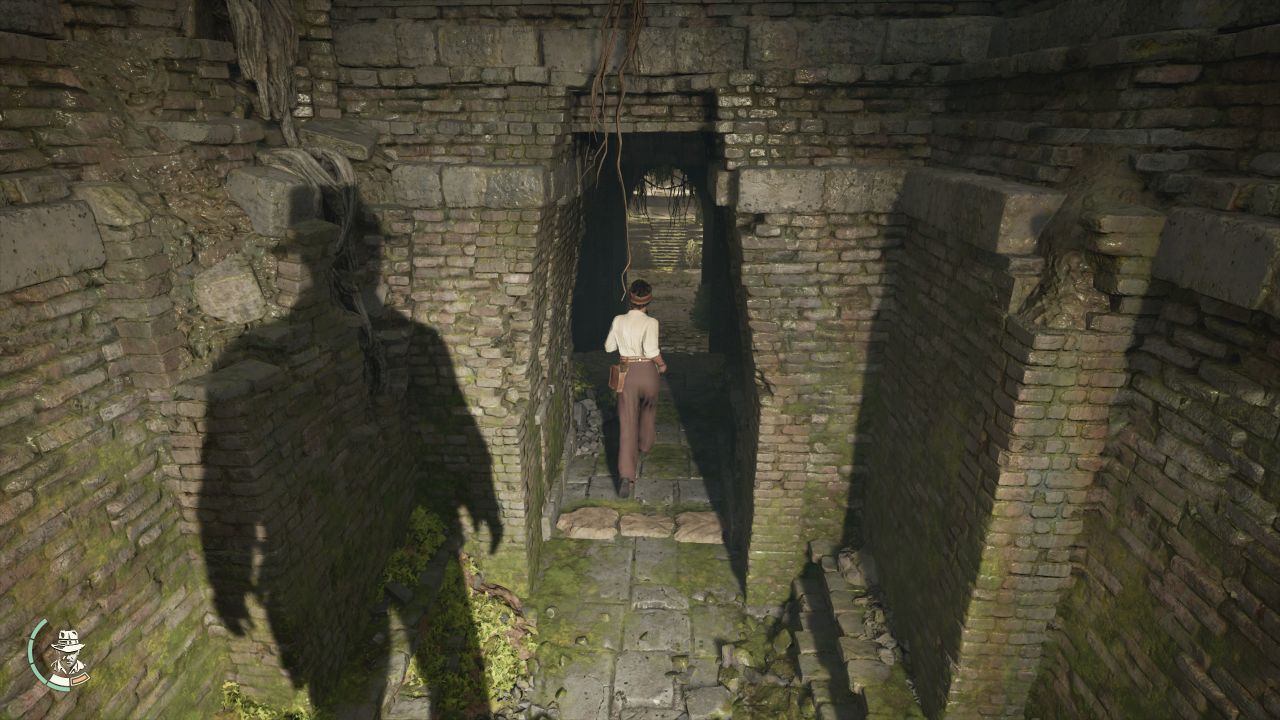
Fans of the original film trilogy should not hesitate to play Indiana Jones and the Great Circle. The story is interesting and full of tremendous characters, none better than the leading hero. Jumping across the world brings nice variety and the visual touches are excellent. There is good diversity to the gameplay, with stealth, fisticuffs, and shooting coming together well. And the open-world levels allow players to dictate how it all transpires. It also helps that, unlike some games this year, it is in great shape. Even if you are not the biggest fan of history’s whipping boy, there is enough fun adventure in the Great Circle to make it worth taking it for a swing.
 Comments
Comments

















